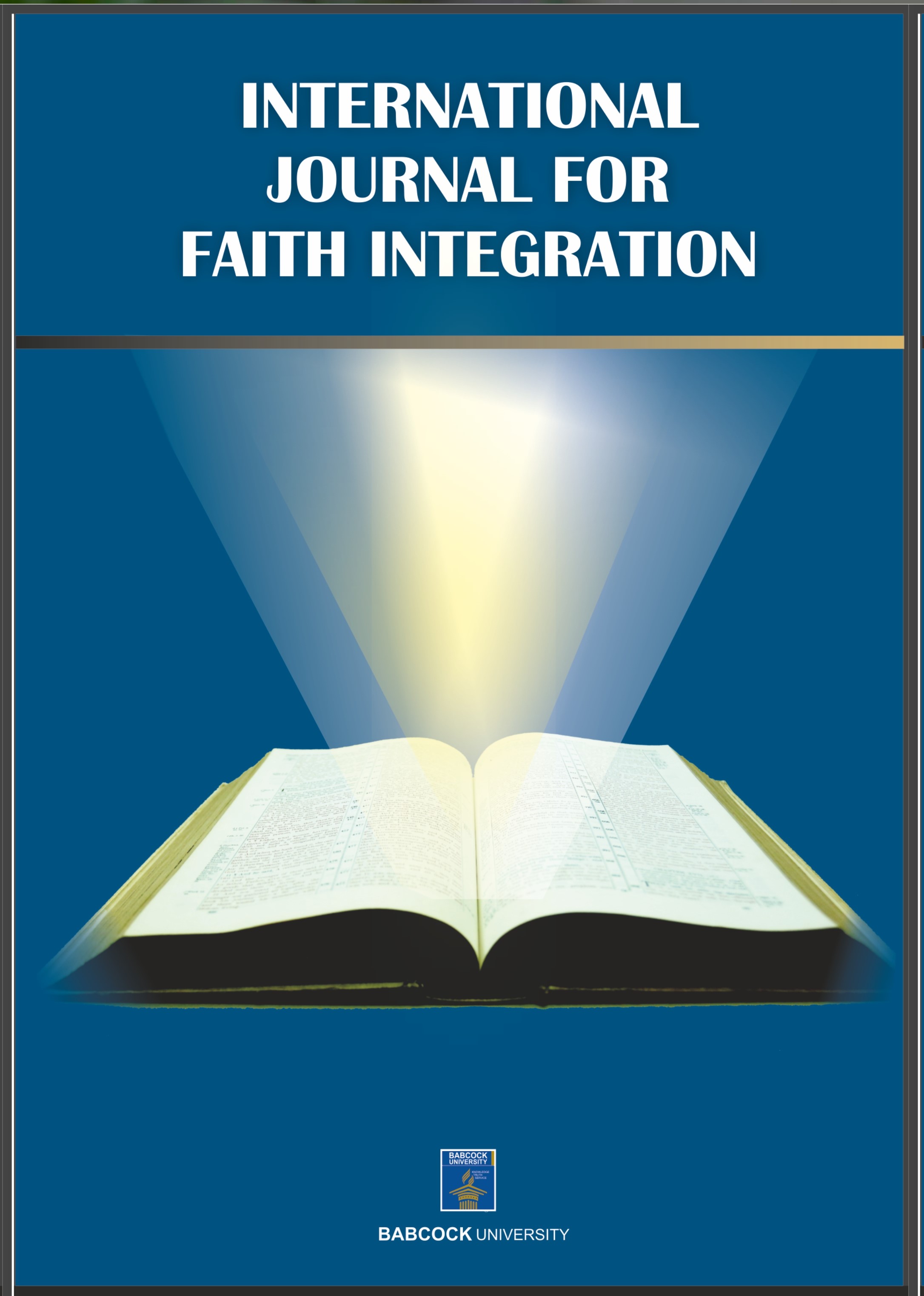
International Journal for Faith Integration Volume5 Issue1
Editorial | Representing God in our Spheres of Influence
Constance C. NwosuIn an era defined by rapid technological progress and an increasingly secular worldview, the notion of faith-once pivotal to personal and societal values-has become something of a rarity. Alarmingly, even those entrusted with teaching faith often hesitate to fully integrate it into their professional or intellectual lives. The result is a world where faith is frequently relegated to the margins, seen as incompatible with modernity or critical inquiry. A poignant story shared during the Conference Sabbath of the 2025 International Conference on Faith Integration (held August 5–10) captures this tension in a disarmingly simple way. The Sabbath speaker told of a little girl named “Faith.” Spirited and curious, Faith was always wandering - much to the frustration of her mother. One day, while at the market, Faith met another friend, a big woman, who asked her name. “My name is Faith,” she replied. Her mother, exasperated, interjected: “The problem with Faith is that she goes everywhere.” To that assertion, the other child innocently responded: “But isn’t that what faith is supposed to do?” I invite you to reflect on these questions as you read the articles. Enjoy!
 Full Text
Full Text
Integration of Faith and Learning in Adventist Education: A Brief History and Acknowledged Challenges
Barbara Fisher and Merle Cozens | Pages:1-9Abstract
The integration of faith and learning has constituted a longstanding concern in Adventist education since Ellen G. White’s formative essay on “Proper Education,” written in the early period of Seventh-day Adventist denominational history (White, 1872). This study traces the subsequent contributions of distinguished and innovative Adventist educators in more recent decades, situating their work within the broader discourse on educational philosophy. The paper concludes by addressing persistent challenges and proposing critical questions designed to foster further scholarly dialogue and empirical investigation.
 Full Text
Full Text